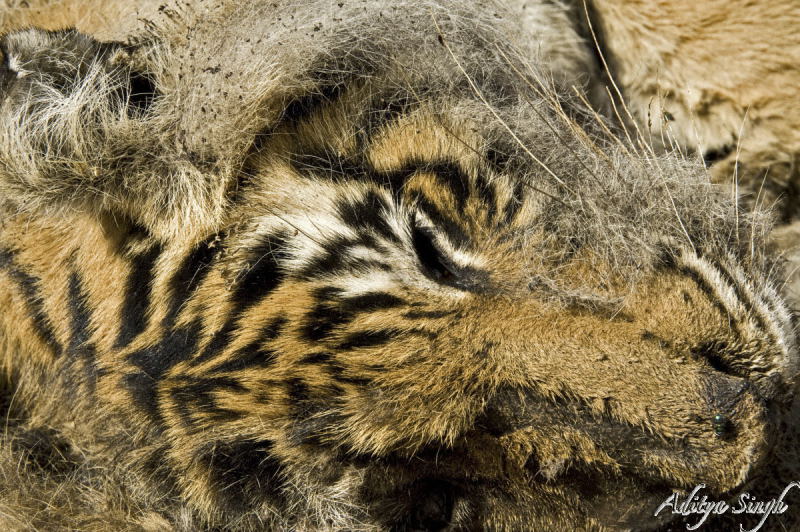A note on COVID-19 detected in a tiger in the Bronx Zoo.
Having retired after working for 30 years with Wildlife Conservation Society (WCS), which also runs the Bronx Zoo, news reports about COVID-19 being detected in a tiger at the zoo brought back memories of its famed Tiger Mountain exhibit, the tigers like Nadia displayed in it, and, more importantly, many of the keepers, veterinarians and curators, whose dedication is unmatched in the zoo world.
However, I do believe from the perspective of wild tiger conservation in India, that the issue is being blown out of proportion in the media, although this may be out of genuine concern. Although I am not a specialist in viral transmission, it is well known that coronaviruses do affect other mammal species, and that transmission across species, including from and to humans are well-known and recorded. This specific virus is known to affect domestic cats and it is therefore no surprise that tigers can get it too.
However, given that wild tiger populations have high birth rates and high annual mortality rates (up to 20% based on my studies), coronavirus related threats are highly unlikely to cause tiger population declines. There have been many other even more virulent infections like rabies, canine distemper etc floating around them for decades, with practically no impact on tiger population densities. I find that the excessive focus and impractical instructions issued by higher officials have received far too much media attention compared to an emergent real threat to tigers as a consequence of the virus-related lockdown.
In some of the best tiger habitats in the Western Ghats, there appears to be a surge in local poaching, with hunting of tiger’s prey species ratcheting up, because patrol intensity and protection have declined under the early instructions under the lockdown. Other social factors are also contributing to this surge. Unemployed rural workers, deprived of wages and sources of domestic animal protein, are once again turning to wild meat as was the case in the 1950s and 60s. Factors like the police being busy otherwise and forest officials facing constraints of movement, courts being closed, etc, are emboldening a new wave of poachers, as recent reports from Kodagu and Shivamogga show.
This resurgence of poaching, once unleashed, will be hard to prosecute and control given other social pressures in play. The mass media and senior officials would do well to focus on this poaching issue as a part of COVID-19 responses rather than worry excessively about imagined tiger population declines resulting from the virus.


 CI is a non-profit, non-commercial portal that aims to facilitate wildlife and nature conservation by providing reliable information and the tools needed to campaign effectively.
CI is a non-profit, non-commercial portal that aims to facilitate wildlife and nature conservation by providing reliable information and the tools needed to campaign effectively.